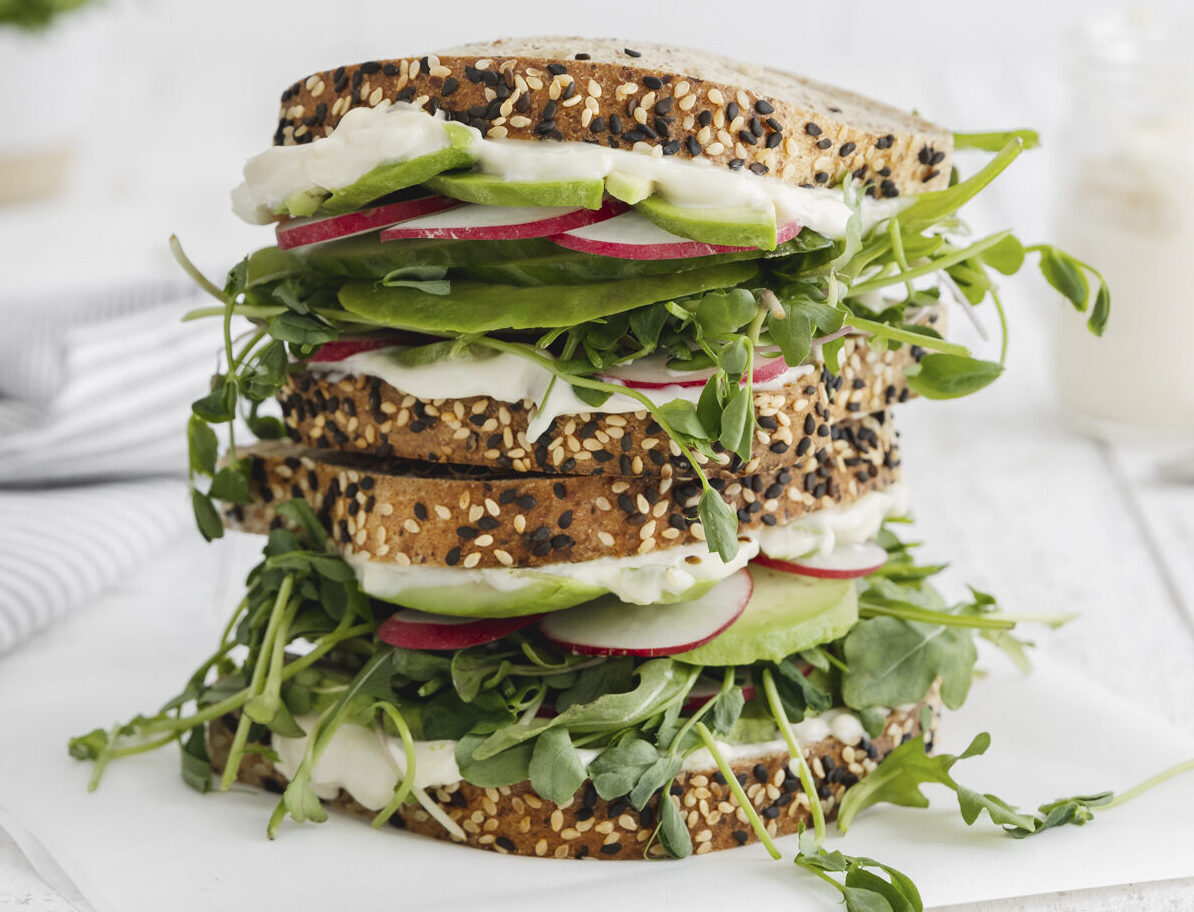
Many people are switching to a plant-based diet, and two main motivating factors are improving personal health and the health of the environment. If you’re looking to fuel your body better while also protecting planet Earth, this once-futuristic way of eating may be just the mission you’ve been looking to join.
“Plant-based” doesn’t have a standard definition, so it can look different from person to person. For some, a plant-based diet means vegan, while others identify as vegetarian or flexitarian. This differs from the standard western diet, characterized by a large intake of saturated fat, sodium, and added sugar from animal products and ultra-processed foods and a low intake of fiber-rich whole plant foods.
Generally, plant-based eating indicates a diet pattern based on plants that minimizes or excludes animal products. Someone who follows a plant-based diet eats fruits, vegetables, grains, legumes, nuts, and seeds. They avoid or consume only small amounts of animal products, like meat, fish, poultry, dairy, and eggs.
One prominent reason behind adopting a plant-based diet is that it supports health outcomes1 better than the standard western diet. Research shows that a diet rich in whole and minimally processed plant foods can reduce the risk for obesity, heart disease, type 2 diabetes, cancer, and other chronic conditions. On the other hand, the western diet has been associated with2 a higher risk for obesity, chronic disease, and early death.
Plants are the only source of fiber, a cosmic carbohydrate for digestive and heart health. They also contain vitamins, minerals, antioxidants, and unique plant compounds that help protect against disease.
Eating more plants benefits planet Earth and all of its inhabitants. Plants require significantly fewer natural resources to produce than animal products. For example, beef cattle are an enormous emitter of greenhouse gases like methane and carbon dioxide, contributing to global warming and climate change nearly as much as transportation.
Modern animal farming requires significant global land for grazing and growing crops to feed farmed animals. This has led to Amazon rainforest destruction3 and harm to species that live there. Furthermore, chemical runoff from modern farms leaches into soil and groundwater. It even promotes dead zones4, areas in the ocean where there is no longer enough oxygen for anything to survive.
Feeling inspired and ready for a blast-off? Here are some simple ways to get more plants on your plate in 3…2…1.
Plant-based diets are the way of the future, and the time to get on board is now. Not only are plants delicious and packed with nutrition, but they also support your long-term health. Plus, switching to a plant-based diet can help ease the burden on the environment for centuries to come.